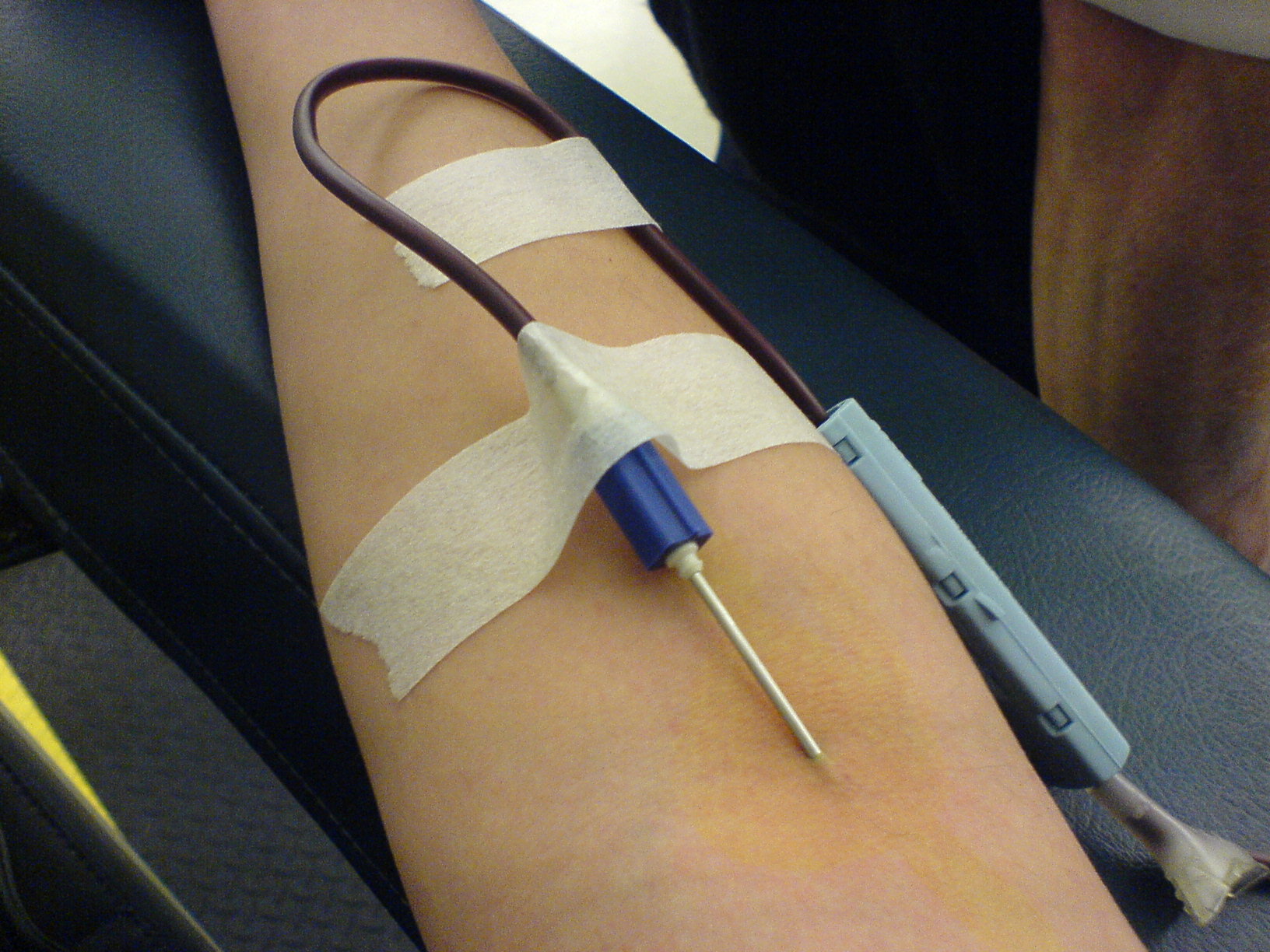
Every day, your bone marrow makes more than 200 billion new blood cells, including red blood cells, white blood cells and platelets. Your bone marrow is the soft and spongy liquid tissue in the center of some of your bones. Health Resources and Services Administration, 20% of related donor transplants and 14% of unrelated donor transplants completed in 2020 were bone marrow transplants. People in need can receive donated bone marrow from family members (related donors) or from people they don’t know (unrelated donors). People who have recently given birth can choose to donate their umbilical cord blood afterward. Peripheral stem cells are immature stem cells in your bloodstream. Most stem cell transplants involve peripheral stem cell or cord blood transplants. How common is bone marrow donation?īone marrow donation is one of three ways healthcare providers obtain healthy stem cells.

Anyone can volunteer to donate bone marrow, but all donors must meet certain health requirements. To do the procedure, healthcare providers use large hollow needles that pull bone marrow from donors’ hips (pelvic bones). Donating bone marrow doesn’t hurt and may cure someone who has blood cancer or a blood disorder. The bone marrow donation process begins when someone agrees to donate bone marrow. What is bone marrow donation?īone marrow donation, or bone marrow harvesting, is the procedure healthcare providers use to obtain blood-forming cells (stem cells) for bone marrow transplant. Bone marrow donation, or bone marrow harvesting, is the procedure healthcare providers use to obtain blood-forming cells (stem cells) for bone marrow transplant.


 0 kommentar(er)
0 kommentar(er)
